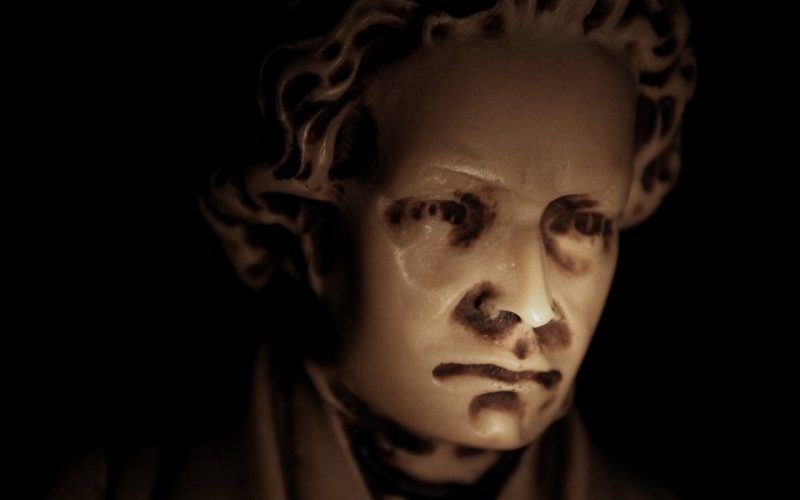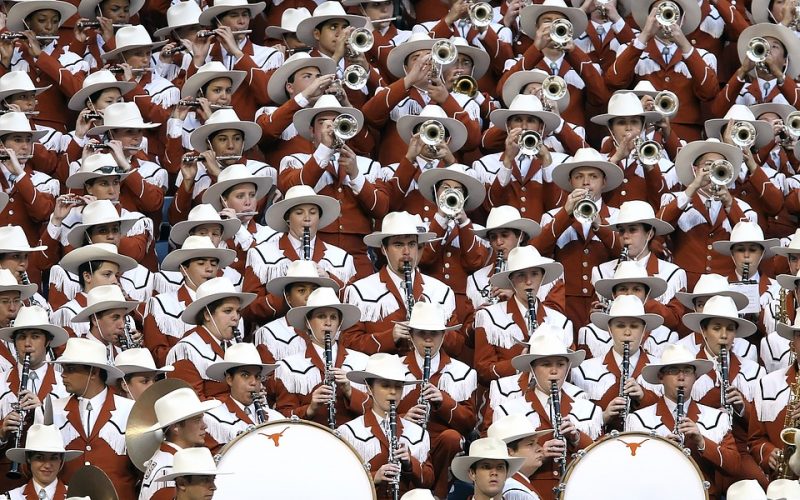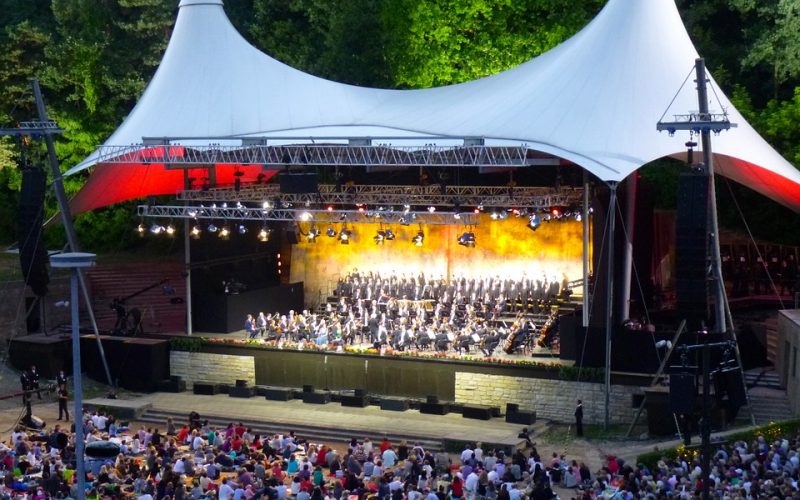The Music of Orchestras
As children, many students are introduced to classical music played by symphony orchestras. The composers tend to be those who flourished in Europe during the last few centuries, and some of the more popular compositions presented to students are by Bach, Mozart and Beethoven. All of these classical composers are taught in general music history classes, and teachers use them as examples of professional musicians who produced great works of audio art.
Orchestras are known for their classical offerings, but few people think of them as playing up-to-date or popular music. This is an area overlooked because it is rarely brought to listeners’ attention that nearly every modern musical produced for the stage uses an orchestra. Nearly every modern theater contains an orchestra pit, and this is where musicians can gain experience before joining larger symphony or philharmonic orchestras. A wide range of instruments are necessary to produce the musical accompaniment necessary for a live show, and this gives musicians a place to practice their craft as well as earn a living.
Movies have become a venue where an orchestra provides much of the accompaniment to enhance the action. While many film directors invite popular musicians to compose the music, a full orchestra is used to ensure the musical numbers will perform their function of helping to set the mood for scene they accompany.
Recording artists have also used full orchestras when creating music for those who prefer to listen at home, and some of them take a small chamber orchestra on tour with them. As professional musicians, many of them have a background in classical music. They find it gives depth to their modern compositions, and it supplies the audience with greater emotional content. It is rare to take an entire symphony orchestra on tour for modern musicians, but it can be done.


